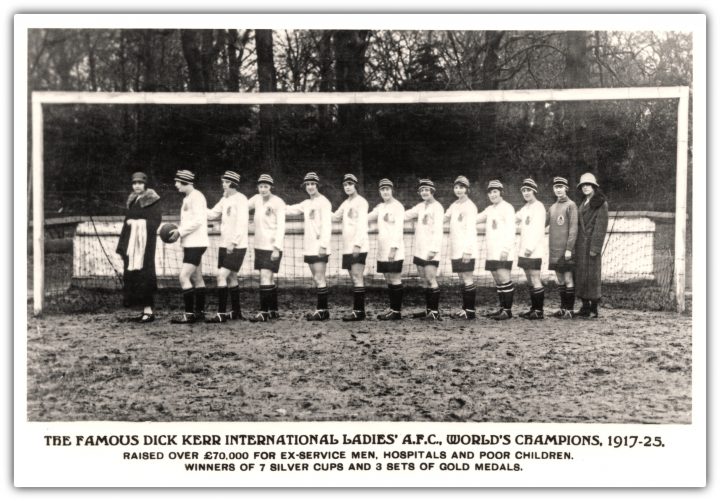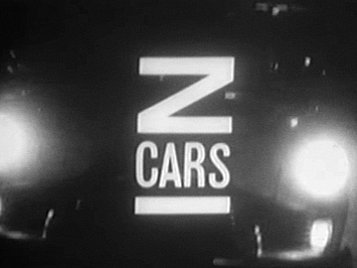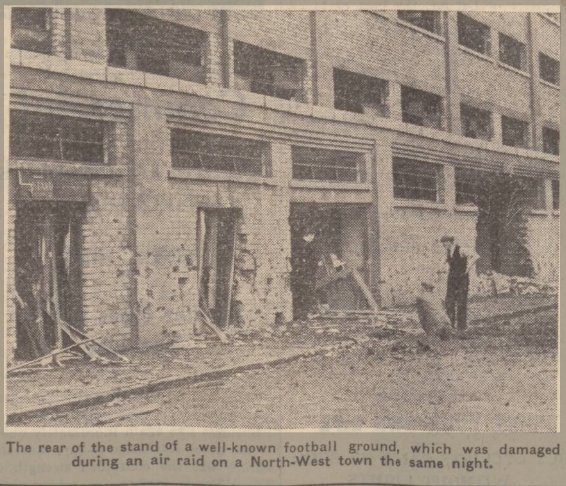Kicker Sportsmagazin visits Goodison Park
Jorg Jakob, correspondent for Kicker Sportsmagazin in Germany, visited Goodison Park and St Luke’s, where he met members of the society. Below is the original magazine article followed by an English translation. This is the article he produced on 23 March 2017. KLOPP’S NEIGHBOUR By Jorg Jacob, Kicker Magazine, Germany Before the duel at Anfield on Saturday, Jorg Jacob, Sports correspondent for the German football magazine ‘Kicker’, visited Everton Football Club and the Everton Heritage Society, to experience the life of Everton supporters in Liverpool. At the age of ten, Richard Gillham experienced his first derby win in 1978, at…




